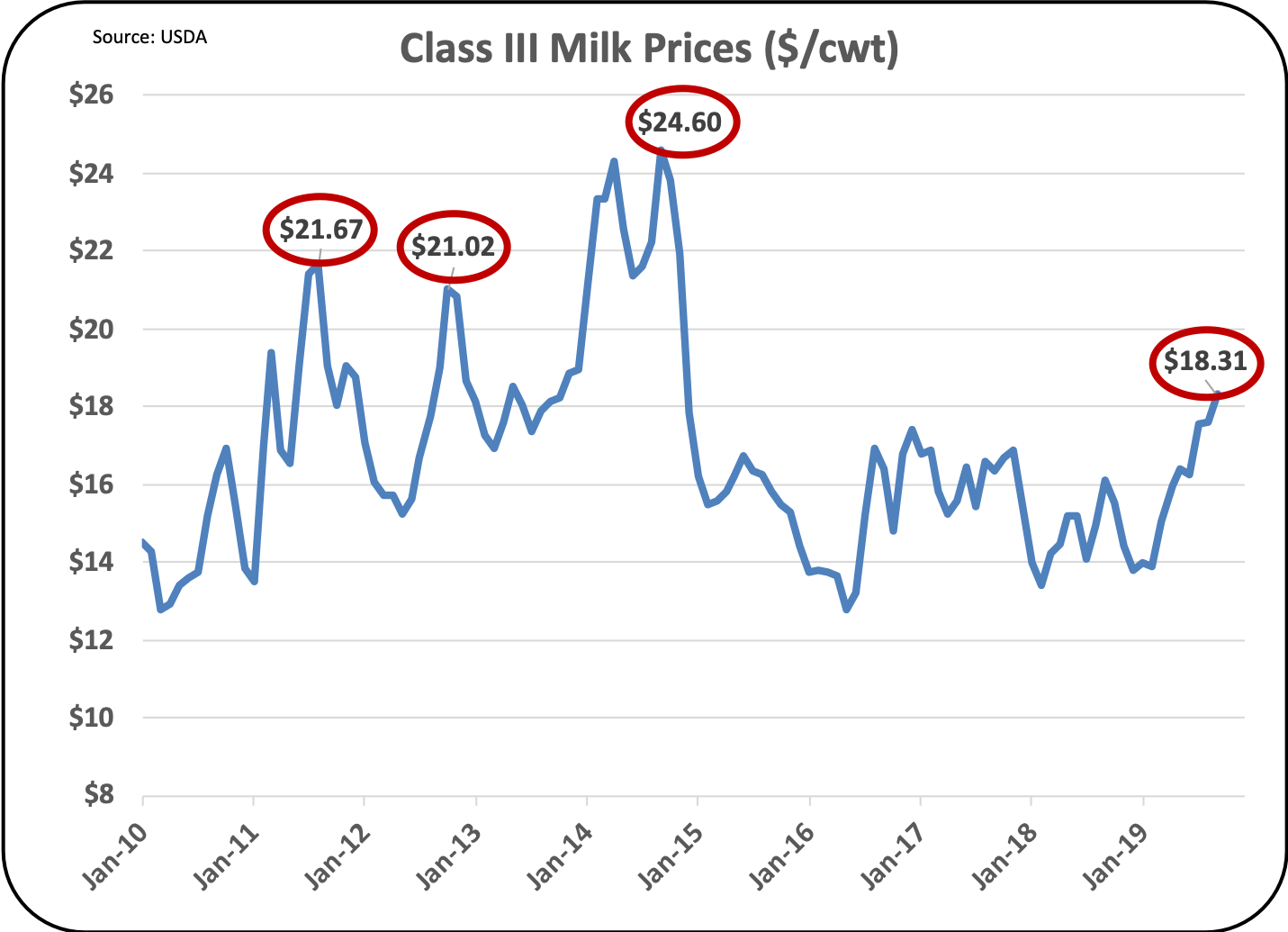The average price of milk has become a significant topic of interest for consumers and producers alike, especially in the face of changing economic conditions and fluctuating market demands. As a staple in many households, milk prices can impact grocery budgets and consumer choices. This article dives deep into the factors influencing milk prices, regional variations, and the implications for both consumers and the dairy industry.
In this guide, we will explore the historical trends in milk prices, the current average price across different regions, and the factors that contribute to price changes. Furthermore, we'll examine the impact of these prices on consumer behavior and the broader economy, aiming to provide a comprehensive understanding of this essential commodity.
So whether you are a consumer looking to budget your grocery expenses or a dairy producer interested in market trends, this article will equip you with valuable insights regarding the average price of milk.
Table of Contents
- Historical Trends in Milk Prices
- Current Average Price of Milk
- Regional Variations in Milk Prices
- Factors Affecting Milk Prices
- Impact on Consumer Behavior
- Implications for the Dairy Industry
- Future Outlook for Milk Prices
- Conclusion
1. Historical Trends in Milk Prices
The price of milk has experienced significant fluctuations over the decades. Historically, various factors have influenced these price changes, including supply and demand dynamics, feed costs, and government regulations. In the 1980s, for instance, the price of milk was relatively stable, averaging around $2.00 per gallon. However, by the 2000s, prices began to rise, reaching approximately $3.50 per gallon by 2010.
Recent years have seen further increases due to various economic pressures, including rising production costs and changes in consumer preferences.
2. Current Average Price of Milk
As of October 2023, the average price of milk in the United States is approximately $4.00 per gallon. This figure can vary widely based on location, brand, and type of milk (whole, skim, organic, etc.).
2.1 Price Variations by Type
- Whole Milk: $4.20 per gallon
- Skim Milk: $3.80 per gallon
- Organic Milk: $5.00 per gallon
2.2 Comparison with Previous Years
When compared to previous years, the current average price reflects a notable increase. In 2022, the average price was about $3.80 per gallon, indicating a rise of approximately 5.3% year-over-year.
3. Regional Variations in Milk Prices
Milk prices can differ significantly across various regions. For example, urban areas often experience higher prices due to increased transportation costs and higher demand. In contrast, rural areas, particularly those near dairy farms, may enjoy lower prices.
3.1 Price Examples by Region
- California: $4.10 per gallon
- Texas: $3.90 per gallon
- New York: $4.30 per gallon
4. Factors Affecting Milk Prices
Several factors contribute to the fluctuation in milk prices, including:
- **Feed Costs:** The cost of animal feed is a significant factor in determining milk prices.
- **Weather Conditions:** Droughts or excessive rainfall can affect milk production.
- **Consumer Demand:** Changes in dietary trends can influence how much milk is purchased.
- **Global Markets:** International trade agreements and foreign demand can also impact local prices.
5. Impact on Consumer Behavior
The average price of milk plays a crucial role in shaping consumer behavior. As prices rise, consumers may shift towards alternative dairy products or non-dairy substitutes, such as almond or soy milk. Additionally, higher prices can lead consumers to seek out sales or discounts, influencing shopping habits and brand loyalty.
6. Implications for the Dairy Industry
The dairy industry is directly affected by the average price of milk. Higher prices can lead to increased revenue for farmers, but they can also result in increased costs for consumers, potentially reducing overall demand. Furthermore, dairy producers must adapt to market conditions and consumer preferences to remain competitive.
7. Future Outlook for Milk Prices
Looking ahead, experts predict that milk prices will continue to fluctuate based on various factors including climate change, economic conditions, and shifts in consumer preferences. It is essential for both consumers and producers to stay informed about these trends to make better decisions regarding dairy consumption and production.
8. Conclusion
In summary, the average price of milk is influenced by a variety of factors and has significant implications for both consumers and the dairy industry. As prices fluctuate, staying informed can help consumers make better choices while encouraging producers to adapt to changing market conditions. We invite readers to share their thoughts on milk prices and their experiences with dairy products in the comments below.
For more insights, consider exploring related articles on our site or joining our newsletter for the latest updates.
Article Recommendations
- Mitch Mcconnells Summit Remarks Key Takeaways Reactions
- The Rise And Fall Of Kaitlyn Frohnapfel A Cautionary Tale
- Rachel Prices The Price Is Right Salary 2023 Update

